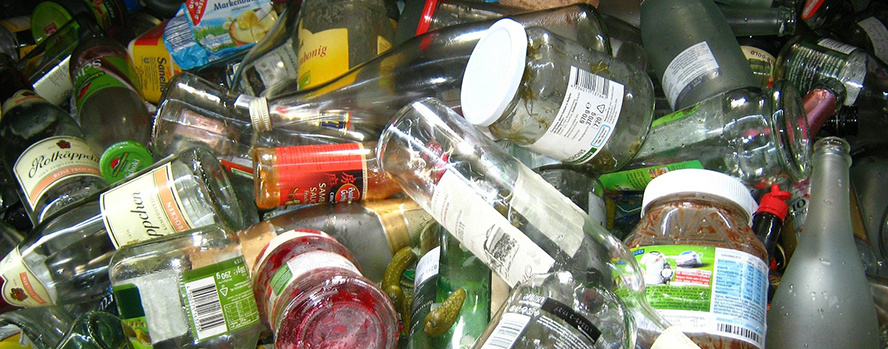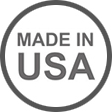Recycling Demystified: Tips to be a Pro Recycler

Now, let’s jump in to some helpful recycling tips!
Tip #1:
|
Plastic bags are the #1 cause of ruined recyclables. If you use plastic bags to bag your recyclables together, all of your recyclables are treated like trash. If you just toss empty plastic bags in your recycling bin (because they are indeed plastic) - all of your recyclables will be treated like trash. The reason why plastic bags are not recyclable is that they tend to get caught in machinery at recycling facilities, causing work to stop and workers to get injured. While plastic bags are not recyclable in your curbside recycling bin, many grocery stores are able to recycle them, so try collecting your bags and bringing them to your local grocery store - check out our sustainability resource links to find a soft plastic recycler near you! |
|---|
Tip #2:
|
Beware! The recycling triangle can be very misleading. In the plastics industry, the triangle that resembles the recycling symbol is known as the ‘resin stamp,’ which is a marking that plastic manufacturers use to indicate the type(s) of plastic an object is made from. So, while this stamp can help determine what kind of plastic an object is made out of, it does not accurately determine whether something is recyclable or not. |
|---|
Tip #3:
|
Black plastic cannot be recycled and must be thrown in the trash. Period. This is because it does not reflect light, so it is not seen by the scanners at recycling facilities. Therefore, it can end up contaminating other materials, such as glass bottles, because it is not sorted properly. Recycling black plastic can also become very expensive, because it can only be recycled into other black plastic materials. It is much easier for manufacturers to use white or colored recycled plastic because they can be mixed together to make other colors for new products. |
|---|
Tip #4:
|
It’s okay to leave a little bit of food residue on your recyclables, but it’s important to rinse as much off as possible. Excess food left behind can attract critters and make it more expensive to recycle because of the resources needed to clean recyclables and to remove pests. For containers filled with sticky substances, such as honey, jelly, or peanut butter, take a few extra seconds to give them a scrub. |
|---|
Tip #5:
|
Reduce. Reuse. Recycle. In that exact order! While recycling is a great way to keep things out of the landfill, it should be our last line of defense. The first and best way to prevent waste from ending up in the landfill is to reduce the demand for the source material. Reduce the number of things you use through smart purchasing decisions. Decide what things you frequently use, and what things go to waste. After reducing, try reusing! Finally, everything that can not be reduced or reused can be recycled and turned into something else. |
|---|











